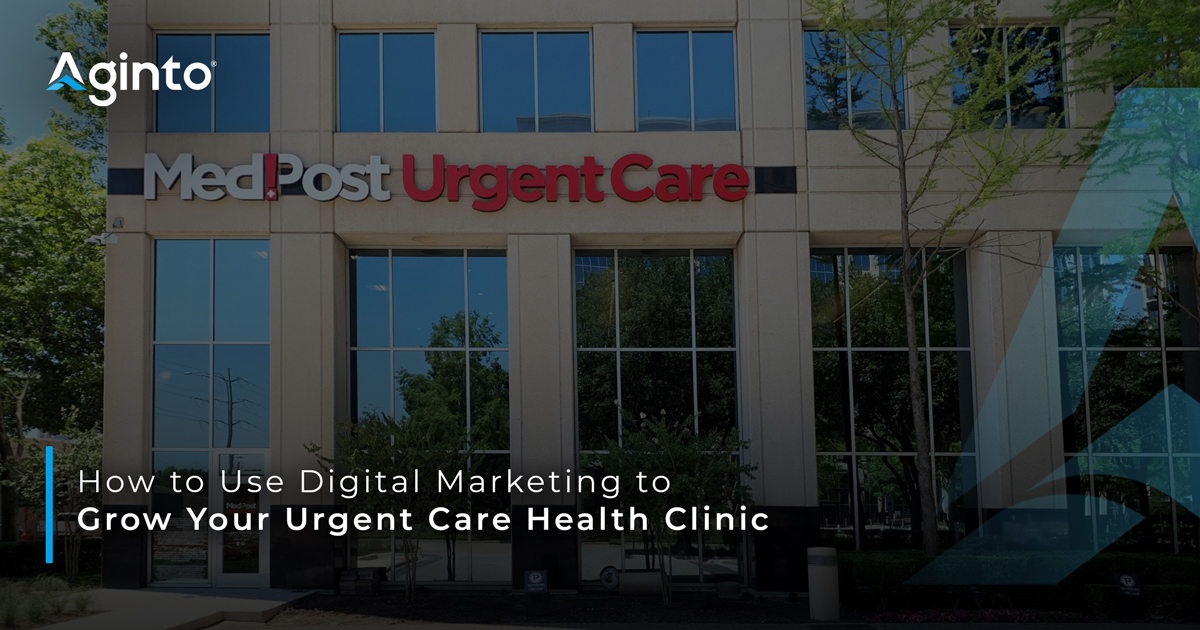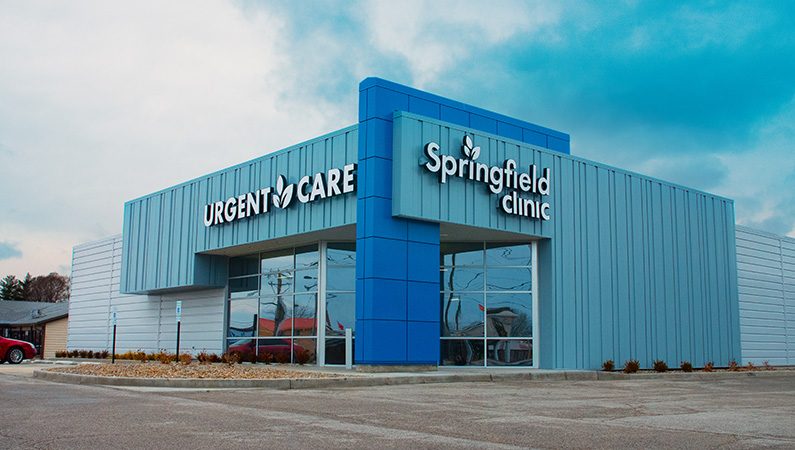How Our Clinic Makes Certain Top-Notch Urgent Look After Every Person
How Our Clinic Makes Certain Top-Notch Urgent Look After Every Person
Blog Article
The Significance of Urgent Treatment Centers in Bridging the Gap In Between Medical Care and Emergency Providers
Immediate care facilities have actually become an essential part of the healthcare landscape, efficiently dealing with the critical requirement for prompt medical interest without turning to emergency situation services. By giving treatment for non-life-threatening problems, these facilities assist to reduce the burden on emergency clinic and enhance person accessibility to timely therapy. Their extended hours and diverse services accommodate a growing population looking for alternatives to traditional health care. The developing function of urgent care centers elevates important inquiries regarding their assimilation within the more comprehensive healthcare system and the ramifications for individual end results and source allowance.
Introduction of Urgent Treatment Centers
Urgent treatment facilities have actually come to be an important component of the healthcare shipment system, providing obtainable medical solutions for non-life-threatening conditions. These centers typically run outside common workplace hours, offering individuals a choice to emergency clinic and health care setups. People looking for urgent care usually existing with concerns such as small injuries, infections, or ailments that need punctual focus yet do not pose an immediate danger to life or limb.
Immediate care centers are staffed by a range of health care specialists, consisting of medical professionals, registered nurse specialists, and physician assistants, who are equipped to detect and treat various clinical problems. They commonly include analysis devices such as X-ray equipments and laboratory services, allowing them to give extensive care on-site.
The establishment of urgent treatment facilities has actually been affected by the increasing need for timely medical services in a hectic culture, where people might struggle to safeguard appointments with medical care companies. Because of this, these centers aim to minimize congestion in emergency situation departments, improving overall healthcare effectiveness. Additionally, urgent treatment centers usually work as a bridge in between primary treatment and emergency situation services, guaranteeing that people get ideal treatment customized to their certain clinical demands.

Advantages of Urgent Treatment Services
Accessing prompt healthcare is a considerable benefit of urgent care services. These facilities give prompt focus for non-life-threatening conditions, successfully reducing wait times contrasted to standard emergency situation divisions. Patients seeking look after minor injuries, ailments, or immediate wellness concerns can get treatment without the long hold-ups often connected with hospital visits.
Another key benefit is the extensive hours of procedure. Many urgent treatment centers are open evenings and weekend breaks, fitting individuals that may not have the ability to see their primary care supplier throughout common workplace hours. This versatility makes urgent treatment an obtainable option for those with active timetables or abrupt wellness concerns.
In addition, immediate care centers often offer a wide variety of services, consisting of analysis testing, X-rays, and basic laboratory services. This extensive technique permits quick medical diagnosis and therapy, enhancing client complete satisfaction.
Additionally, immediate care centers are normally much more cost-effective than emergency rooms, making them an eye-catching option for people without insurance or those with high-deductible strategies. On the whole, urgent treatment solutions play a crucial duty in offering available, timely, and budget-friendly clinical treatment.
Comparison With Key Treatment
Usually, patients commonly weigh their options in between immediate care centers and medical care companies when looking for medical focus. Both offer vital duties in the healthcare system, yet they differ significantly in range, accessibility, and expense.
Main treatment service providers are typically the very first factor of call for patients, concentrating on long-term health management, precautionary care, and chronic illness administration. They use connection of treatment, cultivating a patient-provider relationship that enables for comprehensive health assessments and customized treatment strategies. Nonetheless, setting up a consultation can be taxing, often requiring days or weeks in advancement.
In contrast, urgent treatment centers provide immediate treatment for non-life-threatening problems that call for prompt attention, such as minor injuries or infections. These facilities frequently operate beyond standard office hours, suiting patients who might not have the ability to see their main care service provider during normal business times. Additionally, immediate care is generally more affordable than emergency situation space check outs, making it an attractive option for those with minimal health care access.
Inevitably, while immediate care facilities and primary care service providers both add to client wellness, they satisfy unique needs, making it vital for clients to determine which alternative finest straightens with their situations.
Emergency Situation Solutions Interaction
The communication in between urgent care centers and emergency situation services is a vital element of the medical care landscape, particularly when individuals encounter situations that might escalate in intensity. Immediate care centers act as a bridge in between medical care and emergency situation departments, addressing non-life-threatening problems that require instant focus. This cooperation enhances individual end results and optimizes resource appropriation within the healthcare system.
When individuals offer with urgent yet not dangerous issues, urgent informative post treatment facilities can effectively handle their demands, reducing congestion in emergency spaces. Facilities outfitted with diagnostic capabilities can facilitate prompt referrals to emergency situation solutions when a person's condition exceeds the scope of urgent care treatment. This seamless interaction helps make certain that clients receive the appropriate level of care without unnecessary delays.
Additionally, efficient interaction between urgent care suppliers and emergency services is essential. Sharing client information and treatment histories fosters coordinated treatment, minimizing the risk of redundant tests and procedures. As health care proceeds to develop, the dynamic partnership in between urgent care facilities and emergency solutions will play a pivotal role in improving client care performance, satisfaction, and general health and wellness results within the area.
Future of Urgent Treatment Facilities
As healthcare needs develop, the future of immediate treatment centers is poised to come to be progressively important to the general medical ecosystem (Urgent Care). These centers are most likely to broaden their functions by incorporating innovative innovations, such as telemedicine, synthetic intelligence, and digital wellness record combination. This will certainly improve client accessibility and enhance care coordination in between immediate treatment, health care, and emergency services
Additionally, immediate care centers are anticipated to diversify their solution offerings to include preventive treatment and persistent condition monitoring. This change will position them as crucial parts in taking care of population wellness, lowering the problem on emergency situation departments, and resolving gaps in medical care schedule.
The growing pattern of value-based care will additionally speed up the makeover see this site of immediate treatment facilities, triggering them to concentrate on patient outcomes and complete satisfaction. Facilities may likewise adopt collaborative method designs, functioning very closely with professionals and medical care companies to guarantee comprehensive client management.
Final Thought
In conclusion, immediate treatment centers offer a crucial feature in the healthcare system by giving instant accessibility to therapy for non-life-threatening conditions, properly easing pressure on emergency services. Their expanded hours and diverse variety of solutions boost patient ease and fulfillment, while likewise guaranteeing ideal treatment delivery. As health care requires remain to progress, the function of immediate care facilities will likely become progressively significant, additional linking the space in between medical care and emergency situation solutions.
The establishment of immediate treatment centers has been influenced by the raising demand for timely clinical services in a hectic culture, where patients might struggle to protect consultations with primary care carriers. Furthermore, immediate treatment facilities typically serve as a bridge in between primary care and emergency situation solutions, guaranteeing that individuals get proper treatment customized to their specific medical requirements.
Many urgent care centers are open evenings and weekend breaks, accommodating patients that might not be able to see their primary care provider during common workplace hours (Urgent Care). As medical care proceeds to advance, the vibrant partnership between immediate treatment facilities and emergency situation services will play an essential function in enhancing client care effectiveness, fulfillment, and general health and wellness results within the community

Report this page